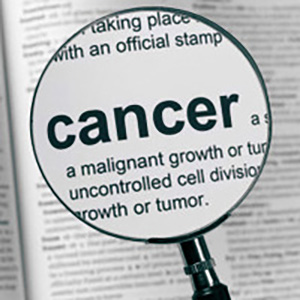 Smart Citations
Smart CitationsSee how this article has been cited at scite.ai
scite shows how a scientific paper has been cited by providing the context of the citation, a classification describing whether it supports, mentions, or contrasts the cited claim, and a label indicating in which section the citation was made.
Could we safely omit a Repeat Transurethral Resection of the Bladder (re-TURB) after Hexaminolevulinate Photodynamic Diagnostics (PDD)-TURB?
Objective: Bladder cancer (BC) is considered one of the malignancies with moderate-high incidence, high rate of recurrence and costly management. Diagnosis and staging are thus important for therapeutic purposes. Considering the risk of residual tumour and understaging, in specific cases, international guidelines recommend performing a second transurethral resection of the bladder (reTURB). Our study aimed to evaluate the impact of hexaminolevulinate Photodynamic Diagnostics (PDD) at first TURB on the rate of residual tumour.
Materials and Methods: We retrospectively analysed patients undergoing TURB in our centre between 2012 and 2020. Eightytwo patients had a re-TURB after a first complete TURB with a delay < 3 months. Patients who had an incomplete first resection were excluded. We compared patients who underwent standard white light cystoscopy/TURB and then hexaminolevulinate PDDguided reTURB (group A, n = 49) and patients with PDD-cystoscopy/ TURB at the first procedure then white light cystoscopy/reTURB (group B, n = 33). The residual tumour rate at reTURB as well as median recurrence-free survival (RFS) were compared between the two groups.
Results: Residual tumour at reTURB was detected in 48.8% of cases in our cohort, with a significant difference between the two groups (71.4% in group A versus 12.5% in group B, p < 0.001). After a median follow-up of 22 months, the median RFS was 15 months in Group A and 32 months in Group B, but this difference was not significant (p = 0.7).
Conclusions: Using PDD at the time of the initial TURB had a statistically significant impact on the rate of residual tumour at the reTURB. Nevertheless, the percentage of residual tumour even with the use of PDD does not allow for safely omitting second resection. Performing a reTURB with PDD for patients who did not have it initially, provides the same benefit in terms of recurrence-free survival.
Downloads
Citations
10.1111/iju.15474
How to Cite

This work is licensed under a Creative Commons Attribution-NonCommercial 4.0 International License.
PAGEPress has chosen to apply the Creative Commons Attribution NonCommercial 4.0 International License (CC BY-NC 4.0) to all manuscripts to be published.

 https://doi.org/10.4081/aiua.2022.4.424
https://doi.org/10.4081/aiua.2022.4.424




